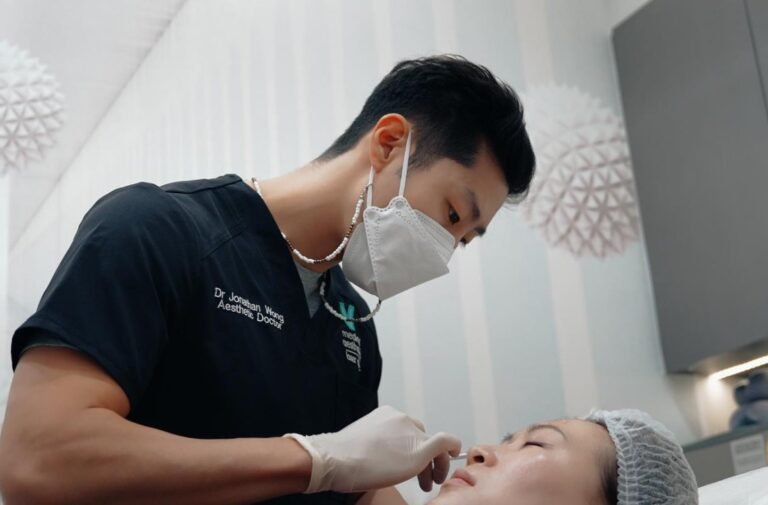Modern dental labs have become the driving force behind precision, aesthetics, and efficiency in restorative dentistry. As technology continues to reshape the field, one key aspect that determines long-term success in full-arch and implant workflows is verification. Ensuring that every scan, model, and restoration truly fits the patient’s anatomy is no longer optional it’s essential.
Why Verification Still Matters in a Digital World?
In the age of digital dentistry, many believe that high-end scanners and CAD/CAM systems have eliminated the need for traditional verification. However, the truth is that even the most advanced scanners can introduce subtle inaccuracies when data from multiple implants or arches are stitched together.
That’s where modern verification tools like Optisplint and ArchTracer come in. They help labs and clinicians confirm that what’s captured digitally aligns precisely with what exists clinically bridging the gap between scan data and the final restoration.
What Happens When Verification Is Skipped?
Skipping verification might save time upfront, but it often leads to costly and time-consuming errors later. Small inaccuracies can multiply throughout the digital workflow, resulting in ill-fitting restorations and frustrated patients.
Common issues caused by lack of verification include:
- Misaligned implant positions
- Gaps between restoration and abutment
- Screw loosening or fracture due to stress
- Costly remakes or patient discomfort
In short, without verification, even the most impressive digital workflow can fail at the final step the patient’s mouth.
How Verification Tools Improve Accuracy?
Verification tools are designed to validate and cross-check digital data before the final prosthesis is fabricated. They act as the quality-control step that ensures a passive, accurate fit.
Let’s look at how tools like Optisplint and ArchTracer streamline this process:
| Tool | Primary Function | Benefit to Dental Labs |
| Optisplint | Captures precise 3D implant relationships for full-arch verification | Reduces distortion and improves passive fit |
| ArchTracer | Digitally verifies and aligns data for full-arch and model-free workflows | Speeds up verification and improves digital consistency |
Together, they create a closed-loop system that ensures digital scans, models, and final restorations are in perfect harmony.
Are Traditional Methods Still Relevant?
Analog verification methods like physical jigs or try-ins were once the gold standard for ensuring fit. However, these processes are time-consuming, labor-intensive, and prone to material distortion.
Modern verification tools overcome these limitations by offering:
- Faster validation: Digital data can be verified within minutes.
- Improved accuracy: Eliminates human error from physical manipulation.
- Predictable outcomes: Reduces remakes and chair time.
While traditional methods may still have a place in some workflows, they can’t compete with the precision and efficiency of today’s digital verification systems.
What Makes Verification Tools Essential for Modern Labs?
Modern dental labs handle increasingly complex cases—from full-arch restorations to model-free workflows. Verification tools ensure that each digital step aligns perfectly with clinical reality.
Here’s why labs can’t afford to ignore them:
- Consistency Across Workflows
They provide uniform accuracy across multiple platforms and technicians.
- Reduced Remakes
Verification at every stage prevents costly errors before production.
- Improved Collaboration
Data consistency allows seamless communication between labs and clinicians.
- Faster Turnaround
Digital verification tools streamline production timelines without compromising accuracy.
- Enhanced Patient Satisfaction
Fewer adjustments and remakes lead to a smoother treatment experience.
How Verification Fits into the Digital Workflow?
A successful digital workflow in the dental lab follows a simple sequence:
- Data Capture – The intraoral scan or photogrammetry captures implant positions.
- Model Alignment – The data is processed and aligned in CAD software.
- Verification Step – Tools like Optisplint or ArchTracer ensure that digital data matches the actual implant positions.
- Design & Fabrication – Once verified, the design moves to milling or 3D printing.
- Final Validation – The restoration is checked for passive fit before delivery.
Skipping the verification stage can compromise every step that follows—no matter how advanced your technology is.
Future of Verification in Dentistry
As digital workflows continue to evolve, verification tools are becoming smarter, faster, and more integrated. Future systems may combine AI-based scan alignment and automated error detection, giving labs real-time feedback on potential distortions or misalignments.
However, no matter how advanced technology becomes, the principle of verification will remain the same – confirming that every restoration truly fits before it ever reaches the patient.
Final Thoughts
Verification tools are no longer just an add-on—they’re a core part of modern dental lab success. They bridge the gap between precision technology and clinical reliability.
With innovations like Optisplint and ArchTracer, labs can confidently deliver restorations that fit perfectly the first time saving time, reducing costs, and enhancing patient outcomes.
In a world where precision defines success, verification tools are the unsung heroes ensuring that digital dentistry reaches its full potential.


